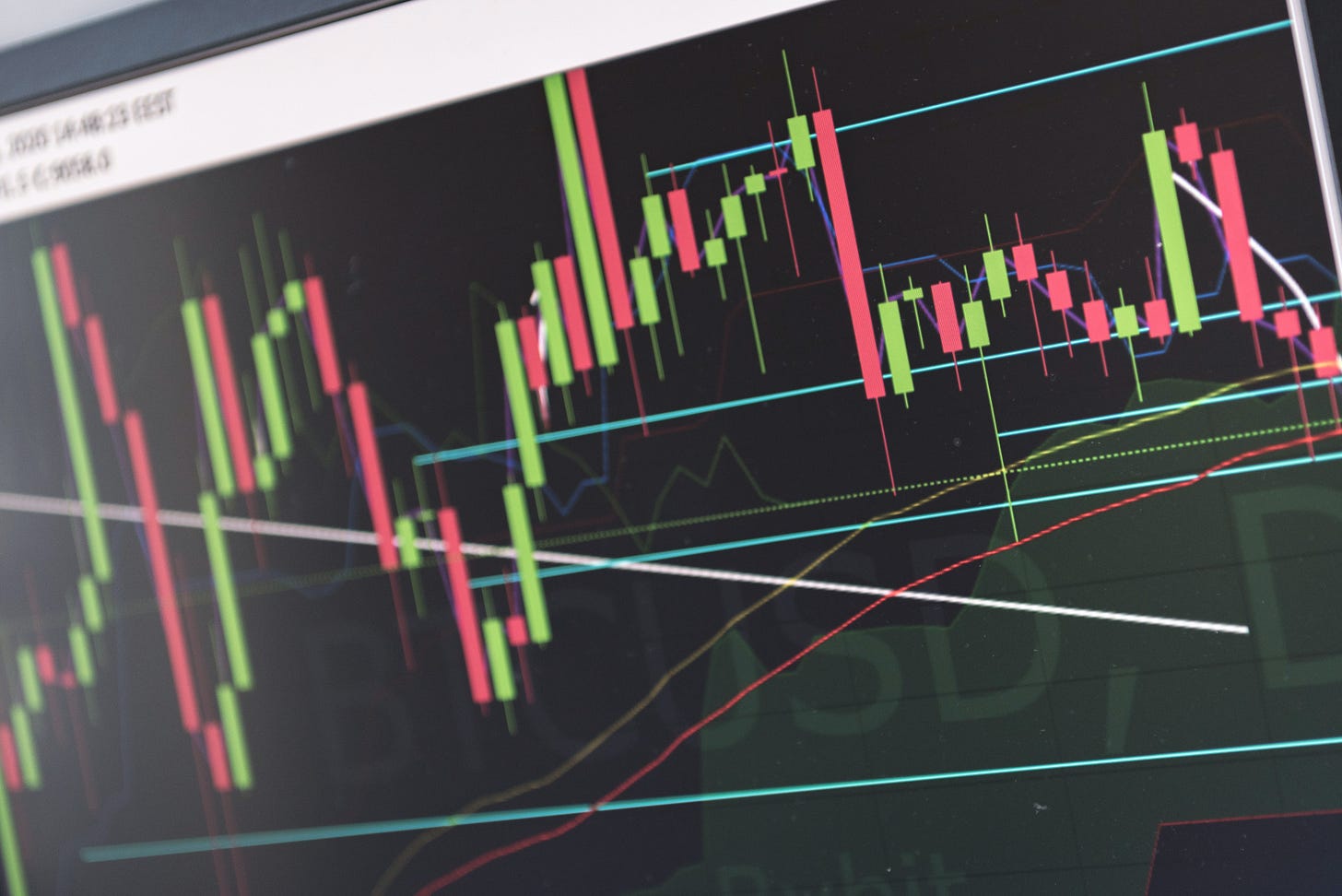BACK TO THE FUTURES
WHERE IT ALL STARTED
According to Grok (X) today:
NYSE Eyes Non-Stop Trading Revolution
The New York Stock Exchange (NYSE) is exploring the possibility of operating 24 hours a day, similar to the cryptocurrency market, in response to the growing influence of the crypto market and its round-the-clock trading. The NYSE is currently gathering feedback from market participants on the feasibility and desirability of such a change, which could have significant implications for the global financial market by potentially increasing liquidity and market efficiency.
In my book, “gathering feedback” means that the decision has already been made. Many traditional indicators and edges, which were derivatives of overnight gaps, will disappear as stocks trade around the clock. Passive investing will get a boost, but real liquidity in the equity markets will drop. High-frequency bots will undoubtedly provide artificial liquidity, but during times of crisis when investors need liquidity to exit, short-term traders who take the opposing side won't be present. High-frequency traders usually do not take directional risks. Therefore, the risks of the equities markets rising with a sawtooth pattern where sudden drops occur due to unexpected events only are increasing.
By the way, technical traders will have the option to return to futures markets, where it all started. In the 1970s and 1980s, futures markets were where the action was. Due to the dot-com rally, a new generation of traders emerged focusing on stocks. The industry then capitalized on this development by equipping these new market participants with the necessary tools. Before the 1990s, most participants in the equity markets were value investors, along with a small fraction of momentum traders.
Trading futures is not easy; it requires sufficient capitalization and it is a pure zero-sum game: the best traders win. According to my estimates, to make a living trading futures with trend-following and sound risk management, a trader needs at least one million dollars of initial capital. Obviously, someone can trade with way less than that, even ten thousand, but the risk of ruin grows exponentially due to the requirement of assuming much higher risks to make a living.
“Back to the futures” markets will boost competition and pose a challenge to commodity trading advisors and managed futures. However, due to strong commodity trends historically, there will be winners in this zero-sum game but dispersion will be very high. There will also be scores of losers, especially new aspiring traders who have no experience with the realities of the futures markets.
All in all, I was expecting this to happen one day, as market-maker firms have created “overcapacity” and need to increase their ROI. To me, it is not a question of whether 24/7 equity trading will become a reality but when. I also expect this to occur soon.
I started my career in finance, developing optimal fixed-income portfolios and then trading futures. To me, it will be a return to my natural state. I already have the strategies and the know-how.
Back to the futures, then.



